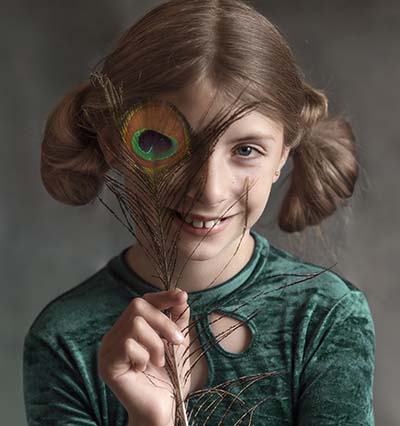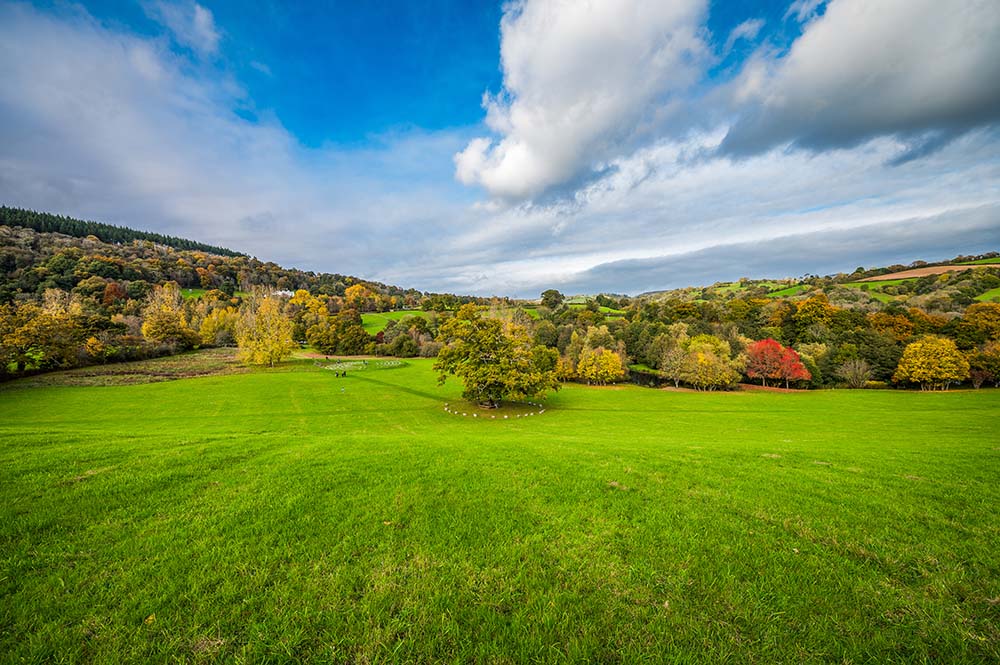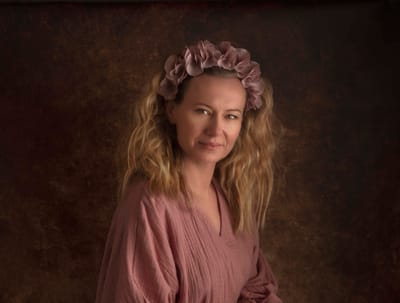Ever wondered how you can transform a simple studio photoshoot into a masterpiece? Achieving stunning portraits in a Plymouth studio boils down to a blend of creativity and technique that enhances every detail. With diverse options ranging from family portraits to themed fantasy sessions, Plymouth studios offer the perfect playground for photographers and subjects alike. Capturing beautiful moments starts with aligning client expectations with creative visions. Dive into our guide for essential tips and discover how you can turn ordinary photoshoots into unforgettable experiences that capture the essence of your subjects.
Perfecting Plymouth Studio Photoshoots: Essential Tips
Plymouth studio photoshoots offer many options, from capturing cherished family moments to crafting professional headshots that speak volumes. Themed fantasy photoshoots also provide a playful escape into imaginative worlds, catering to both children and adults. These diverse options allow photographers to align each photoshoot with their clients’ unique personalities and preferences. By focusing on client expectations and weaving creative visions into the session, studios in Plymouth ensure that each portrait is not just a photograph but a reflection of the individual or family’s essence.
To achieve the perfect portrait, consider the following essential tips:
- Preparation and planning
- Communication with clients
- Choosing the right theme
- Creating a comfortable environment
- Professional guidance and consultation
Creating a fun and enjoyable experience is paramount during studio photoshoots. A relaxed atmosphere encourages natural expressions and genuine interactions, which are crucial for capturing authentic portraits. By prioritising the comfort and satisfaction of clients, photographers can elevate the photoshoot experience, ensuring that it is both memorable and successful.
Studio Lighting Techniques for Portrait Excellence
Lighting is fundamental in capturing high-quality portraits, as it shapes the mood, depth, and clarity of an image. In studio settings, where natural light may be limited, the strategic use of artificial lighting becomes crucial. Proper lighting accentuates facial features, enriches skin tones, and ensures the subject is presented in the best possible way. Understanding and controlling lighting can significantly elevate the quality of portraits, making them stand out in any portfolio.
Finding the Right Studio Lighting
Selecting the appropriate lighting setup is vital for achieving the desired image quality in studio portraits. Different lighting configurations can dramatically alter the appearance and feel of a photograph. Softboxes, for instance, create a gentle, diffused light that is flattering for portraiture, minimising shadows and highlighting the subject’s natural beauty. Meanwhile, using a combination of key lights, fill lights, and backlights can add dimension and separation from the background. The correct choice of lighting not only enhances the subject’s features but also aligns with the intended mood and artistic vision of the photoshoot.
Creative Lighting Ideas for Portraits
Innovative lighting techniques can infuse portraits with depth and personality. Here are some creative lighting ideas to consider:
- Using reflectors to enhance features
- Experimenting with coloured gels for unique effects
- Incorporating natural light elements when possible
Reflectors are excellent for bouncing light onto a subject, brightening shadowed areas and emphasising facial contours. Coloured gels can introduce vivid bursts of colour, transforming a standard portrait into a visually captivating piece. When feasible, blending natural light with studio lighting can produce a harmonious balance, lending a warm, authentic feel to portraits. These creative approaches not only contribute to the technical excellence of an image but also to its artistic expression.
Posing & Composition: Crafting the Perfect Portrait
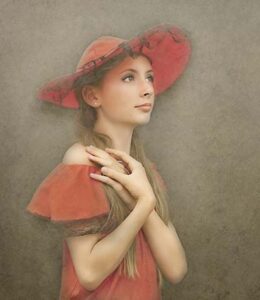
In the world of portrait photography, posing and composition are pivotal elements that define the overall impact of an image. The way a subject is positioned can convey emotions, highlight features, and tell a story. Composition, on the other hand, guides the viewer’s eye, ensuring that attention is focused on the most significant aspects of the portrait. By mastering these techniques, photographers can transform a simple photograph into a compelling portrait that captivates and communicates the essence of the subject. Understanding the harmony between posing and composition is essential for creating balanced and visually appealing images.
Consultations with clients are crucial for tailoring the photoshoot to their specific needs and preferences. For model portraits, especially those intended for professional portfolios, understanding the client’s desired look is imperative. During these discussions, photographers can explore various styles, such as romantic, corporate, or contemporary, and align the session accordingly. This collaborative approach ensures that the final images not only meet but exceed the client’s expectations, providing them with portraits that truly represent their personality and brand.
Natural posing techniques can significantly enhance the authenticity and relatability of portraits. Encouraging subjects to relax, move naturally, and engage with their surroundings leads to more genuine expressions and postures. This approach is particularly effective in family and personal brand photoshoots, where capturing the essence of interactions is key. Simple prompts, like asking a subject to look over their shoulder or gently adjusting a stance, can produce a natural and effortless look. By prioritising comfort and spontaneity, photographers can capture moments that feel real and resonate with viewers.
Choosing the Right Equipment for Studio Photoshoots
Selecting the appropriate equipment is crucial in guaranteeing professional-quality portraits during studio photoshoots. The right gear allows photographers to control every aspect of the image, from lighting to composition, ensuring that each shot meets the desired artistic and technical standards. Professional-quality shots can be achieved regardless of external conditions, thanks to the controlled environment of a studio. Investing in high-quality studio equipment is a worthwhile endeavour, as it not only enhances the photographer’s ability to capture stunning images but also elevates the overall experience for clients by delivering consistently excellent results.
- Studio lighting kits
- Versatile camera lenses
- Backdrops and props
- Editing software for post-production
The impact of lens selection on portrait outcomes cannot be overstated. Choosing the right lens is pivotal in achieving the desired aesthetic, whether it’s a soft focus that highlights facial features or a sharp clarity that captures intricate details. Versatile camera lenses, such as prime lenses with wide apertures, offer flexibility in various shooting scenarios, allowing photographers to adapt to the specific needs of each session. By understanding how different lenses affect the portrait’s depth, focus, and field of view, photographers can make informed decisions that enhance the final image quality, resulting in truly stunning portraits.
Enhancing Portraits Through Professional Editing
Professional editing plays a crucial role in transforming raw images into polished portraits that captivate and convey the intended message. How does editing impact portrait photography? By refining details, adjusting exposure, and enhancing colours, editing ensures that each portrait mirrors the photographer’s vision while meeting client expectations. Advanced portrait editing techniques, such as high-end retouching, can subtly perfect skin tones and remove distractions, resulting in a flawless finish. In addition to improving image quality, editing offers photographers an opportunity to innovate and personalise their work, adding distinct stylistic touches that make each portrait unique.
How can photographers elevate their editing skills? The answer lies in continuous learning and mentorship. Engaging in educational opportunities and seeking mentorship can significantly enhance a photographer’s editing capabilities, allowing them to adapt to new tools and technologies. Workshops, online courses, and peer collaborations provide platforms for photographers to refine their techniques and stay abreast of industry trends. By investing time in mastering editing software, photographers can expand their creative potential and deliver exceptional images that resonate with clients.
- Adobe Lightroom
- Capture One
- Photoshop
Linava Photography: The Best Choice for Plymouth Studio Photoshoots
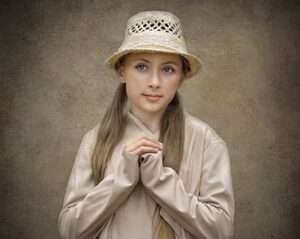
Why is Linava Photography the preferred choice for studio photoshoots in Plymouth? Linava Photography stands out due to its expert approach and professional studio settings, which cater to a diverse range of client needs. The studio is well-equipped to deliver high-quality images, ensuring every photoshoot succeeds. Clients can rely on Linava’s experienced team to provide both creative vision and technical excellence, making it a top choice for capturing memorable portraits.
What are the benefits of working with a professional photographer like those at Linava Photography? A professional photographer brings invaluable expertise, ensuring that every element of the photoshoot is meticulously planned and executed. This expertise extends to the use of natural lighting, which enhances the depth and warmth of portraits, creating a more authentic and visually appealing result.
Natural light, when skillfully integrated with studio lighting, adds a unique dimension to images, highlighting the subject’s features in the most flattering way. By choosing Linava Photography, clients benefit from both the artistry and technical skills of seasoned professionals, resulting in stunning portraits that truly stand out.
Final Words
Embarking on Plymouth studio photoshoots offers a myriad of opportunities, from capturing family moments to professional headshots and creative themes. Key components for perfection include thorough preparation, open communication, and creating a welcoming environment.
Understanding lighting techniques is crucial to enhancing the quality of portraits while posing and composition significantly impact the final outcome. Selecting the right equipment enhances the studio experience, and professional editing further refines the images.
Lina Va Photography stands as an exceptional choice, combining expertise with a professional setting. For those seeking the perfect portrait, embracing these insights and working with experienced photographers ensures a memorable experience.
FAQ
How to take a perfect portrait photo?
A perfect portrait photo relies on key elements: preparation, lighting, and composition. Ensure proper lighting, communicate your vision with the subject, and create a comfortable environment for authentic expressions.
How do you take portrait photos in a studio?
Taking portrait photos in a studio involves selecting the right lighting setup and background. Use professional lighting, engage with the subject, and adjust settings to capture the desired mood and tone.
How can I make my portrait pictures look better?
To enhance portrait pictures, focus on the lighting and composition. Use reflectors to highlight features and experiment with the angle and poses to bring out the best in the subject.
How to do a perfect photoshoot?
Achieving a perfect photoshoot requires thorough preparation and a clear creative vision. Communicate with clients, select an appropriate theme, and create a relaxed setting to capture natural interactions.

